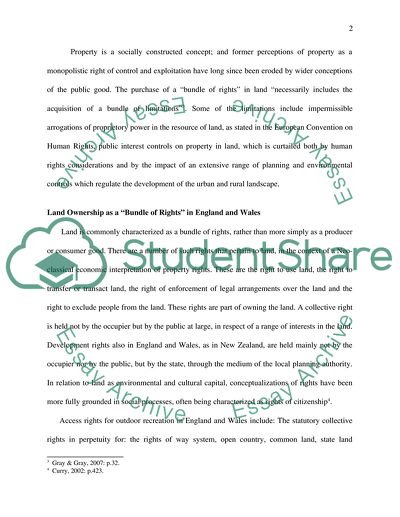Cite this document
(The Extent to Which the Term Bundle of Rights Is an Accurate Paper, n.d.)
The Extent to Which the Term Bundle of Rights Is an Accurate Paper. Retrieved from https://studentshare.org/law/1719692-to-what-extent-is-the-term-bundle-of-rights-an-accurate-description-of-ownership-of-land-in-england-and-wales
The Extent to Which the Term Bundle of Rights Is an Accurate Paper. Retrieved from https://studentshare.org/law/1719692-to-what-extent-is-the-term-bundle-of-rights-an-accurate-description-of-ownership-of-land-in-england-and-wales
(The Extent to Which the Term Bundle of Rights Is an Accurate Paper)
The Extent to Which the Term Bundle of Rights Is an Accurate Paper. https://studentshare.org/law/1719692-to-what-extent-is-the-term-bundle-of-rights-an-accurate-description-of-ownership-of-land-in-england-and-wales.
The Extent to Which the Term Bundle of Rights Is an Accurate Paper. https://studentshare.org/law/1719692-to-what-extent-is-the-term-bundle-of-rights-an-accurate-description-of-ownership-of-land-in-england-and-wales.
“The Extent to Which the Term Bundle of Rights Is an Accurate Paper”, n.d. https://studentshare.org/law/1719692-to-what-extent-is-the-term-bundle-of-rights-an-accurate-description-of-ownership-of-land-in-england-and-wales.


